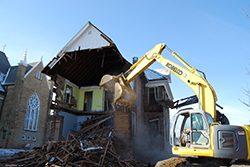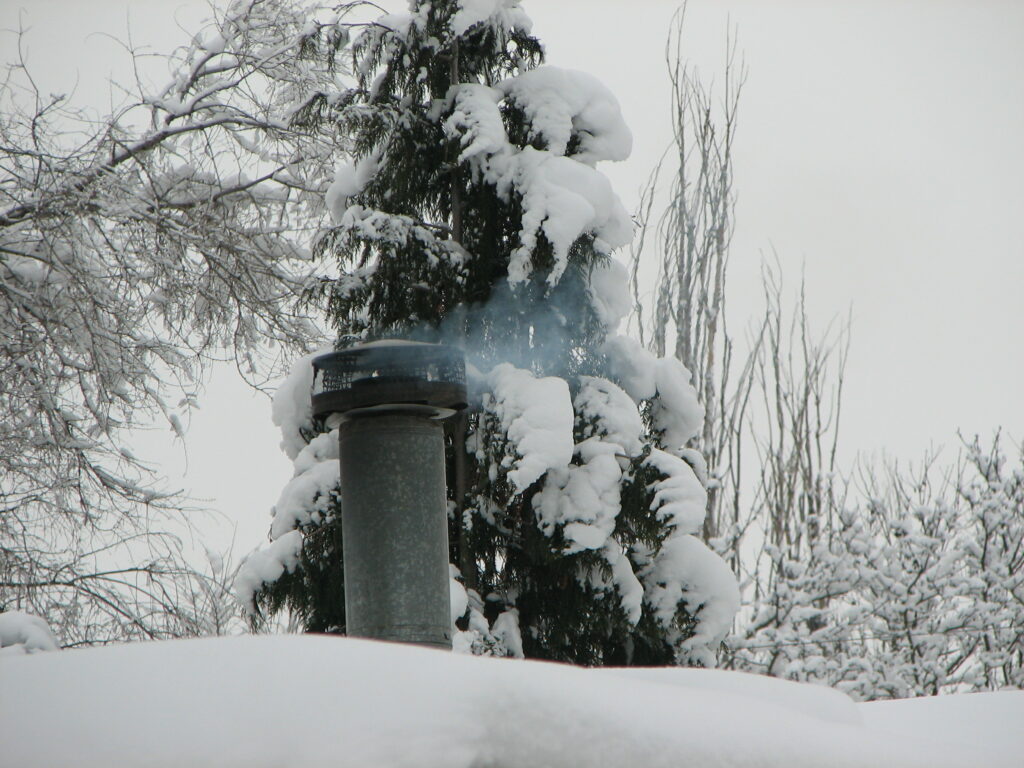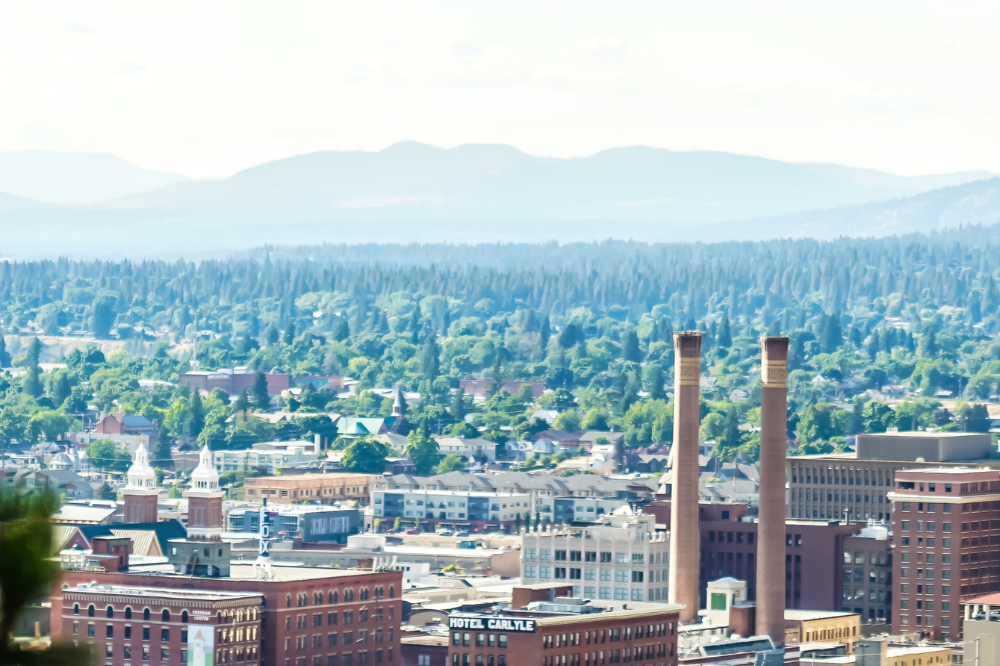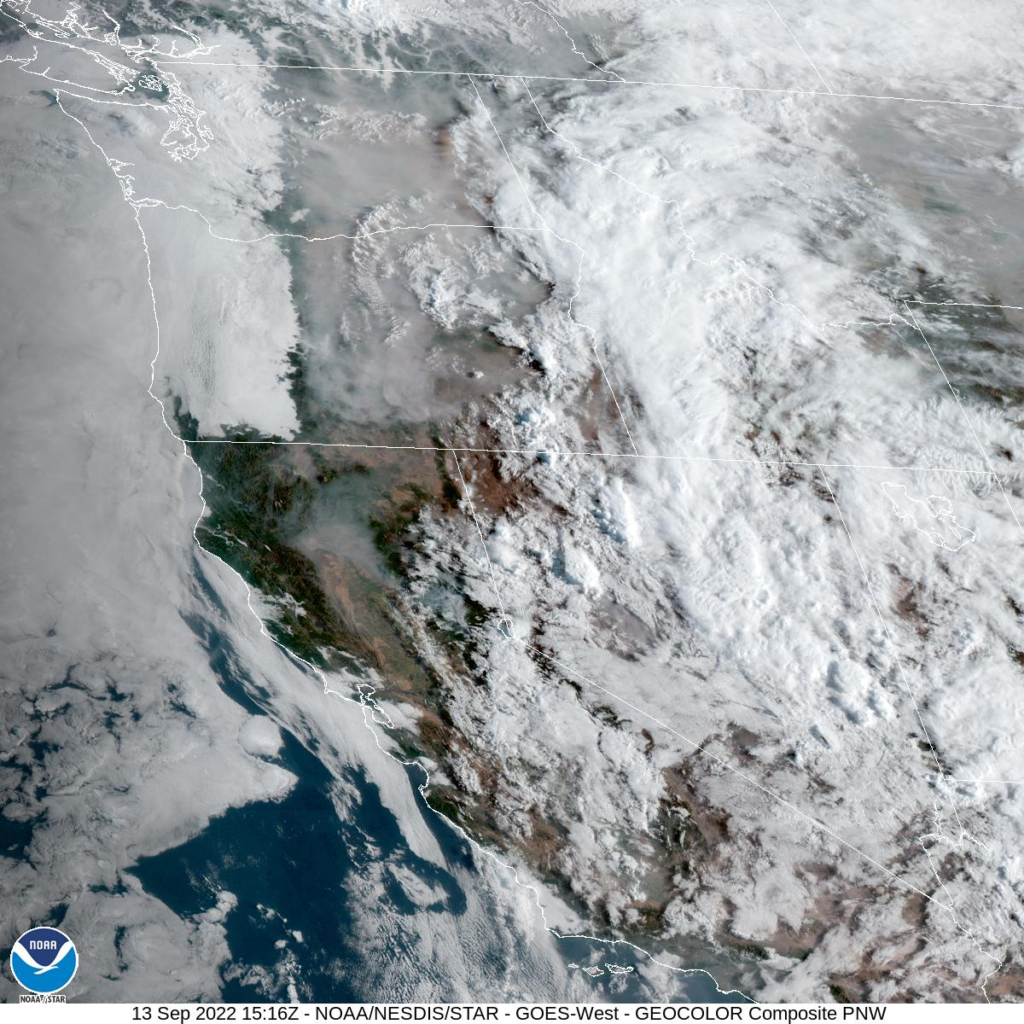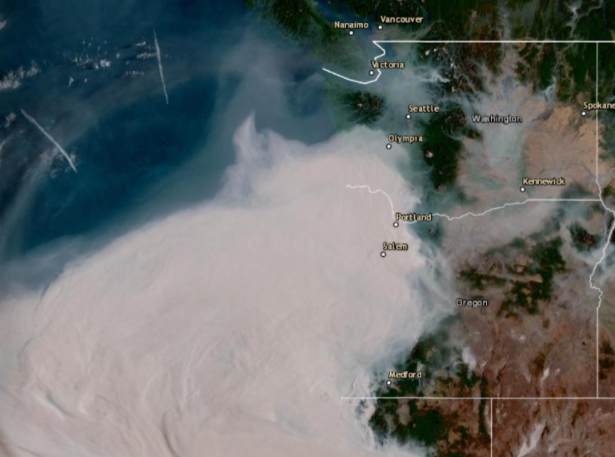
Ground-level ozone is a harmful, invisible air pollutant most prevalent in Spokane during the hot months of July and August.
What is ozone and why is it a summer air pollution problem?
Ozone can be "good" or "bad" depending on its location in the atmosphere. In the upper atmosphere,"good" ozone is produced naturally and protects us from UV radiation.
At ground-level, "bad" ozone is a harmful air pollutant and is the key component of smog. Ground level ozone peaks on hot summer days because it is formed by a photochemical reaction between nitrogen oxides and volatile organic compounds (VOCs) in the presence of sunlight.
Where do VOCs come from?
Volatile Organic Compounds (VOCs) are emitted to the air from a variety of activities, including:
- Industrial and commercial operations
- Vehicle refueling, driving
- Using lawnmowers and other gas-powered equipment
- Using products such as cleaners, paints/solvents, bbq lighter fluid, etc.
What’s being done to reduce ozone pollution?
There are a number of strategies in place to reduce emissions that contribute to ozone formation, including
- Vapor recovery equipment required for storage tank filling at gas stations
- Commercial emissions controls
- Vehicle emissions check program
- Emissions standards for new engines
- Voluntary and mandated Commute Trip Reduction Programs at worksites
Who’s at risk from ozone?
Breathing unhealthful levels of ozone has been likened to "giving your lungs a sunburn." Children are at highest risk because their lungs are still developing. They are more likely to have asthma or other respiratory illnesses, and they are very active outdoors.
Adults with asthma or other respiratory diseases are also at risk. New evidence shows ozone may cause chronic obstructive pulmonary diseases, such as chronic asthma, chronic bronchitis, emphysema.
Healthy adults can experience a 15-20% reduction in lung function from prolonged exposure to low levels of ozone.
How can I find the current pollution levels?
Spokane Clean Air monitors air quality daily, and reports air pollution levels here. While on that page, people can see a link to subscribe to EnviroFlash — a personalized air quality email notification program, or download a smart phone app.
How can I reduce ozone levels?
- Reduce car trips by combining errands. Walk, bicycle or ride the bus once a week, instead of driving alone.
- Refuel in the evening. This keeps ozone-forming vapors out of the air during the heat of the day.
- Hold off using gas-powered lawn equipment until evening.
- Use manual or electric yard and garden tools.
- If you use a charcoal barbecue, start it with an electric probe instead of lighter fluid.
What should I do when ozone levels rise?
- Limit strenuous outdoor activity, exercise early when ozone is lower.
- Pay attention to respiratory symptoms such as coughing, wheezing, discomfort. See your health provider if necessary.
For more information:





